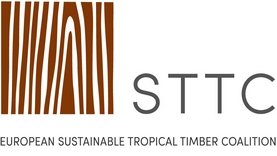Certification a sustainable forest management indicator, says UN

Source Mark van Benthem, Probos
In its latest Progress towards Sustainable Development Goals report, the United Nations has included forest certification as an indicator ‘to report on the progress made in achieving sustainable forest management’.
This report shows, for the first time, that the UN regards forest certification as one of the key tools to put sustainable forest management into practice.
The Statistical Index that comes with the report also looks at the continuing growth of certified forest area, highlighting continuing differences in certification uptake between continents and country categories. John Hontelez, Chief Advocacy Officer of FSC International said the UN had taken a step in the right direction.
“The UN Report is a clear signal to governments, international institutions, forest owners and managers and the business sector that certification, such as FSC facilitates, is a concrete way to help achieving the UN Sustainable Development Goals (SDGs),” he said.
He added that the FSC has identified 11 SDGs to which its certification scheme is contributing, including No Poverty, Zero Hunger, Clean Water and Sanitation and Life on Land.
Ben Gunneberg, Secretary General and CEO of PEFC International also welcomed the UN move.
“The SDGs recognize the positive contributions of forests rather than treating them merely as a threatened natural resource that requires conservation,” he said. “They make it easier for us to identify and strengthen the links between sustainable forest management and the SDGs that don’t specifically reference forestry, be it poverty alleviation, food security, good health, education, or any of the other goals. This will lead to new partnerships and joint activities with people and organizations that we have still to engage on our sustainability journey.”
Non-profit forest and forest products institute Probos agreed the UN’s recognition of certification in this context was significant.
“The area of certified forest worldwide has risen in recent years to 20% of all forest defined by the FAO as having wood production as a primary or secondary function” said Director Mark van Benthem. “With this validation from the UN we now have added impetus to drive the percentage still higher.”



